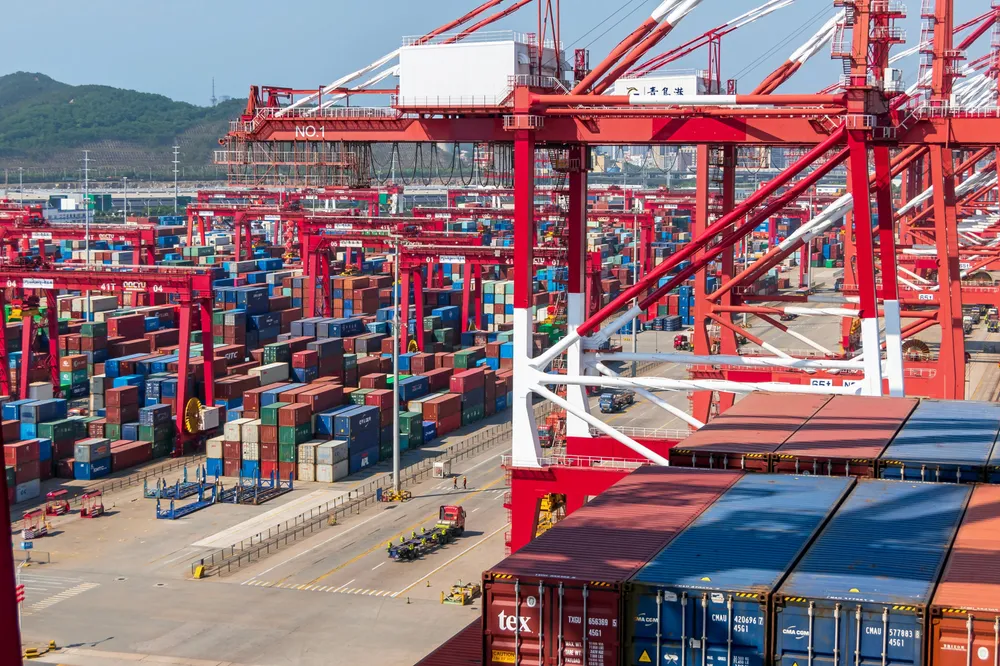One of China's busiest ports to run operations on hydrogen — but no promise to use green H2
A wide-ranging plan to use H2 vehicles and cranes is vague on how it will source the fuel

A wide-ranging plan to use H2 vehicles and cranes is vague on how it will source the fuel
